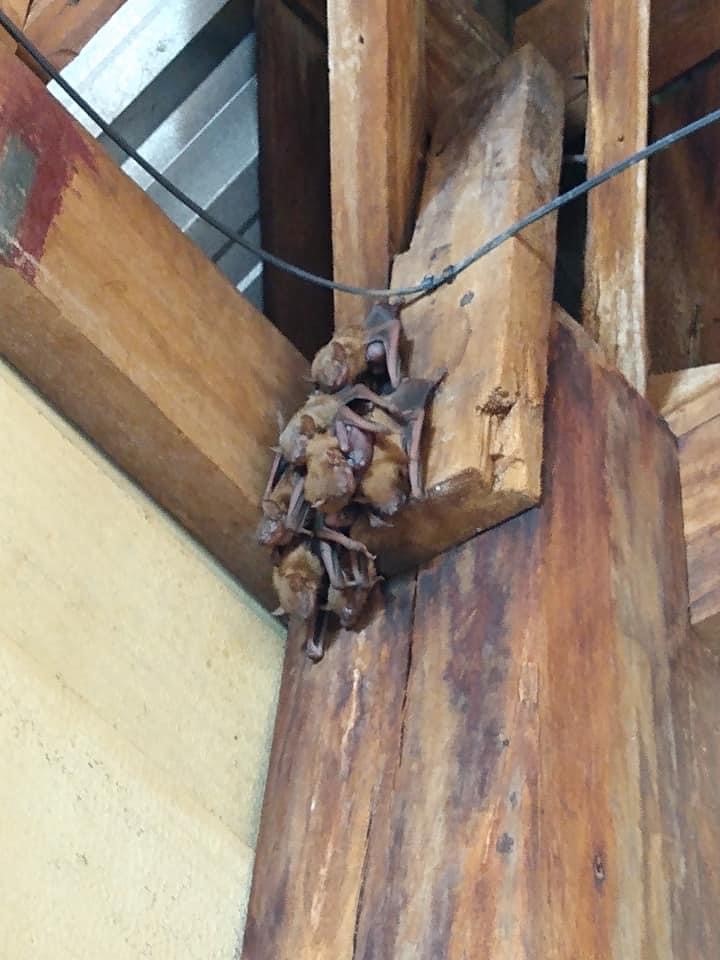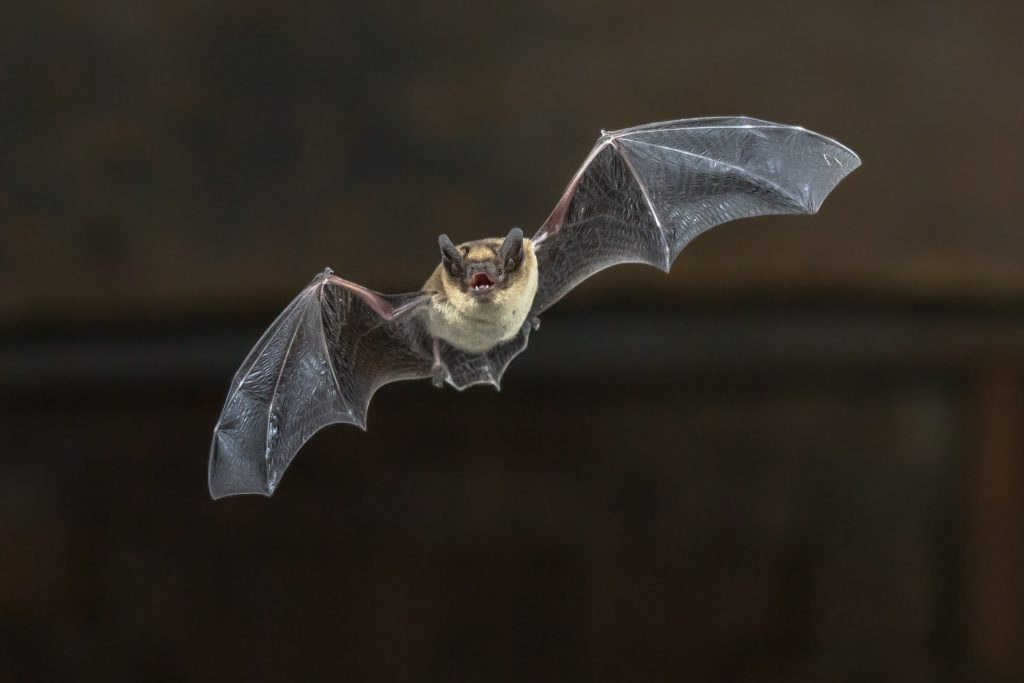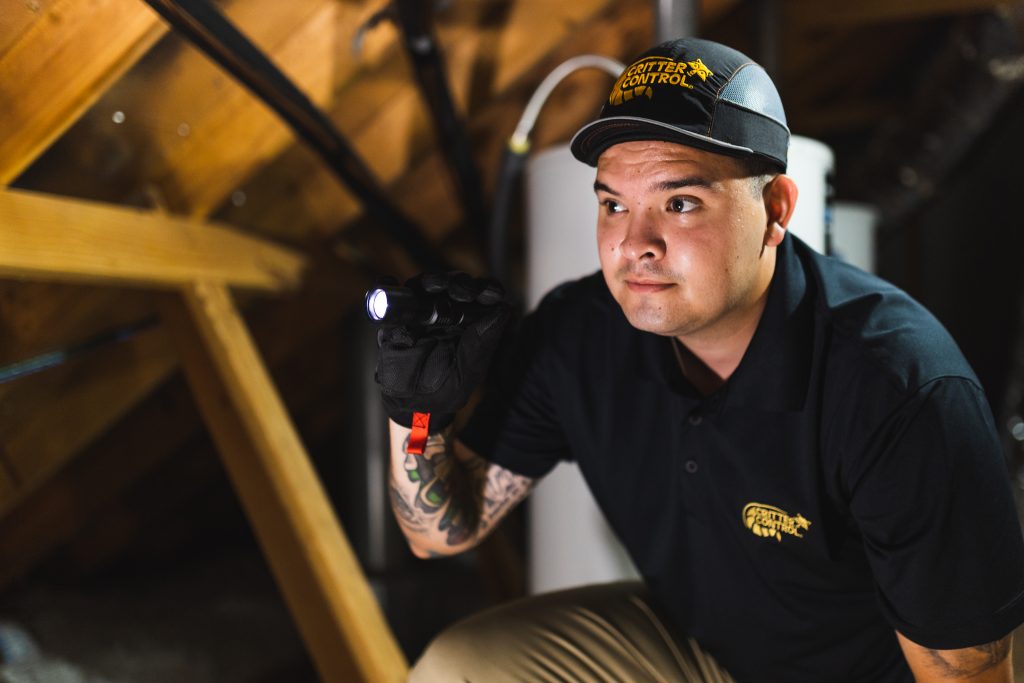Why Is a Bat Exterminator Illegal?
Your initial reaction to finding a bat in your attic is to call the local bat exterminator. Some people worry about bats biting, sucking their blood, or getting stuck in their hair. All bats in Canada are insectivores (so no vampires) and avoid people. Perhaps the greatest threat is the accumulation of bat guano in your house. Bats are a rabies vector species so don’t approach or handle a bat.
If you have a bat in your house, your first reaction cannot be to kill it.
Three species of bats (Little Brown Myotis, Northern Myotis, and Tricolored Bat) are listed as Endangered under the Species at Risk Act in Canada. But the prohibition on bat exterminator extends to the other 15 bat species in Canada. Provinences have added additional protections for bats. In Newfoundland and Labrador, there are extended protections for the Little Brown Myotis and Northern Myotis. In British Columbia, the Wildlife Act prohibits killing any bat.
- Bats do not reproduce as quickly as other wildlife. The females typically give birth to one or two pups a year. Slow reproduction puts the species at risk for population decline.
- Before 2000, the lead cause of reported morality was intentional killing by people.
- After 2000, the leading cause of death was wind turbines (reported 35% of bat deaths).
- Pesticides used by farmers reduce the number of bugs available for bats to eat.
- Disturbances during hibernation cause bats to use up stored fat too soon, leaving them without a food source for the rest of the winter.
- White-nose syndrome is a fungal disease that spreads through bat colonies and has almost eliminated the Northern long-eared, little brown, and tri-colored bats.
How to Humanly Remove Bats
To ensure you follow all legal requirements, hire a wildlife control operator who understands the industry and has the proper licensure, certifications, and insurance to perform the bat control job. The best time for removal is in early to late fall, from around the end of July to the end of August. In late fall and early winter, bats begin mating. They then hibernate or partially hibernate through the winter and then give birth to pups in the spring and early summer. It takes a few months for pups to be able to fly, so removal cannot begin until all of them can fly out on their own.
Exclusions are the only effective techniques to prevent bats from roosting in your home in the future. The Fish and Wildlife Conservation Act offers guidelines on how to execute exclusions. They recommend hiring a wildlife control operator for the following reasons because they:
- Inspect your entire home for cracks and holes as small as an inch, which is all a bat needs to enter.
- Have proper permits, licensure, and insurance.
- Understand the laws and consequences of illegal activity.
- Know when to perform exclusions.
- Use one-way doors or valves approved for removal.
- Clean areas with guano and apply sanitization.
- Seal all entry points.
- Implement exclusions to prevent future bat issues.
Finally, wildlife control operators receive special training on when they can exclude bats from any property during the times allotted by the state, correlating with a bat’s maternity season.
Bat Species by Location
There are eighteen bat species in Canada. All species are insectivores. The bats found throughout the country include the little brown bat, the big brown bat, the hoary bat, the Northern long-eared bat, the red bat, and the silvered-hair bat. The little brown bat and the big brown bat are the species most likely to be in roosting in your attic during the maternity season.
Eastern Canada
- Tricoloured bat
- eastern small-footed bat
Western Canada
- California myotis
- fringed mytois
- Keen’s myotis
- long-eared myotis
- long-legged mytois
- Western big-eared bat
- Western small-footed bat
- Yuma myotis


